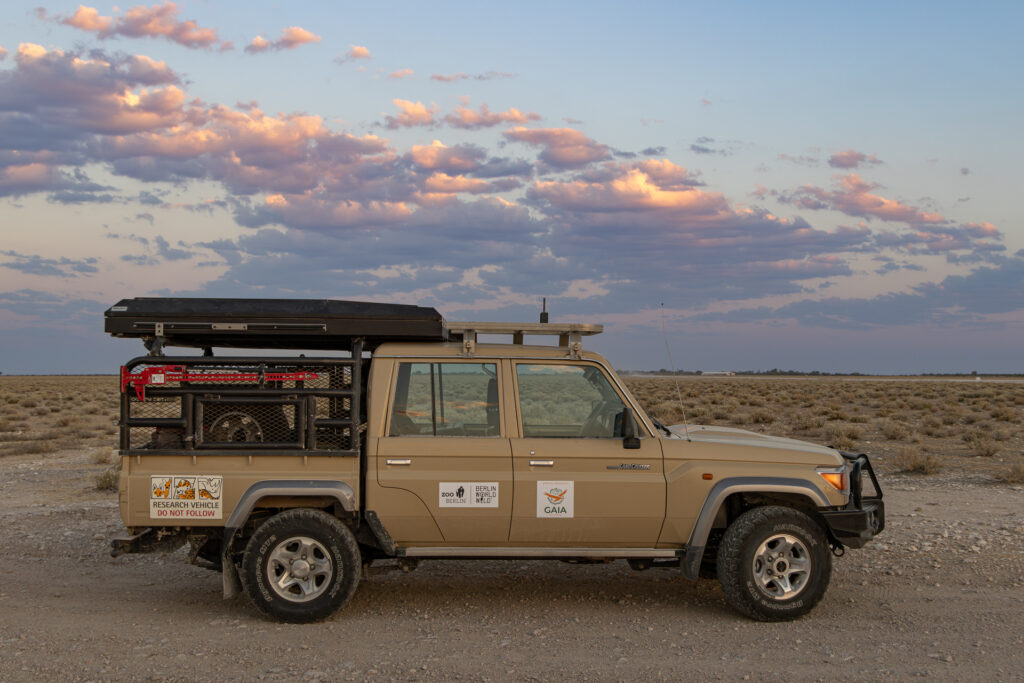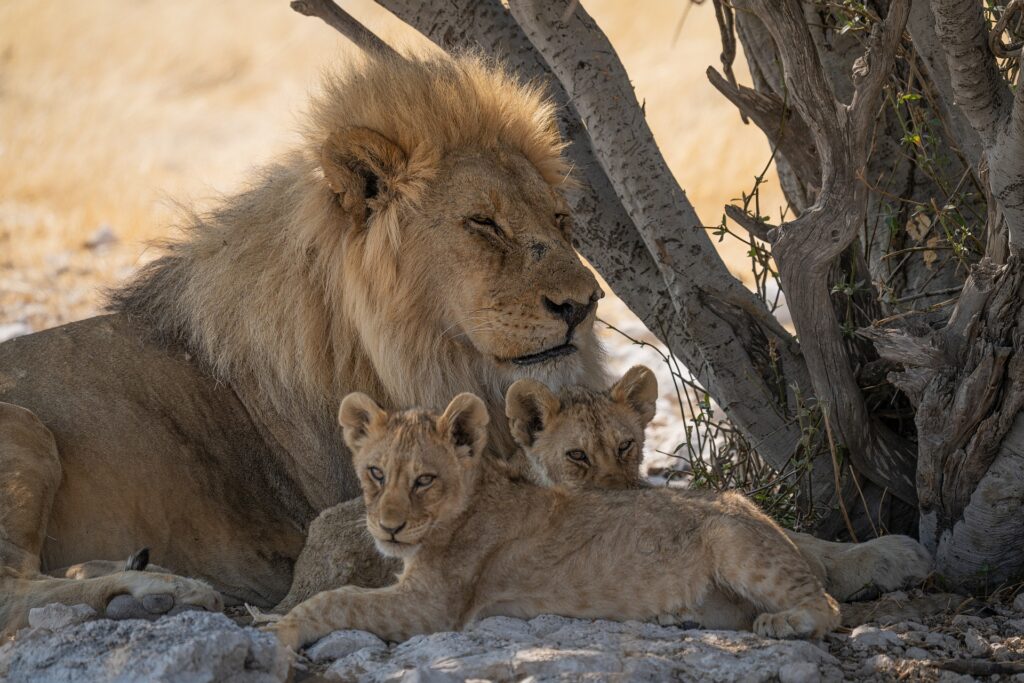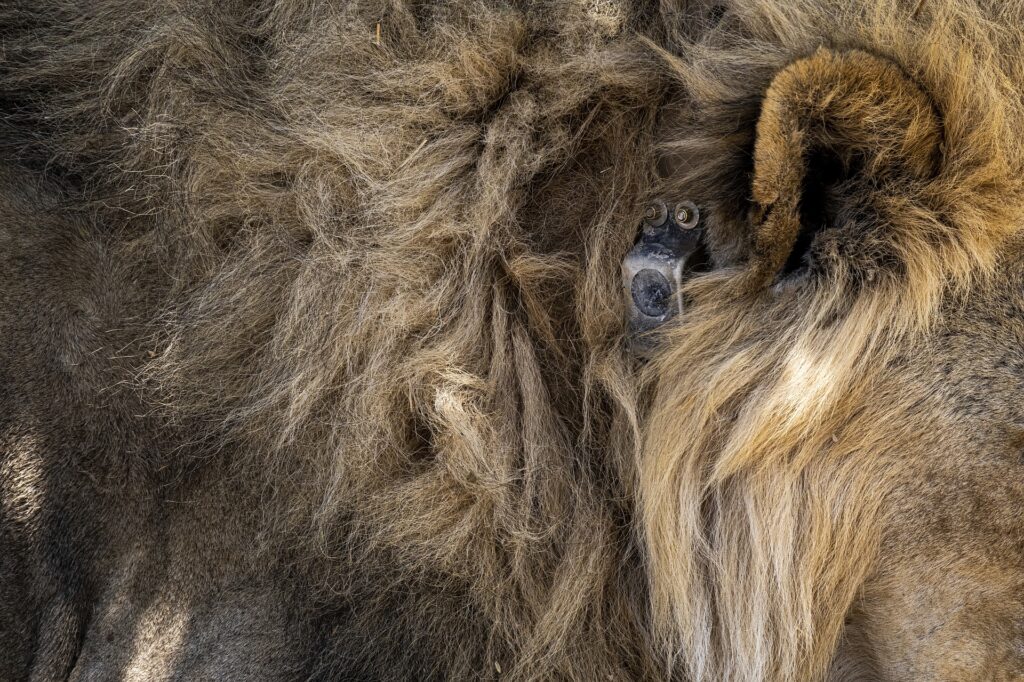Lions are an iconic symbol of the African wilderness and provide a notable ecological, economic and cultural value. Yet, their co-existence with humans is not without challenges and their population trend is decreasing. GAIA researches the lion population in the Etosha National Park to gain a solid insight into the status of the lions in the park – a stronghold of the species in Namibia and Southern Africa – and to better understand their movement, their challenges and interactions with other species, especially with other carnivores and with scavengers.




In the context of GAIA’s vision to efficiently monitor and research complex processes in ecosystems to better understand changes and challenges, it is crucial to both research key species in these ecosystems as well as their interdependences with other species and the landscape. Scavengers and carnivores usually fulfil key roles in the ecosystem and lions (Panthera leo) in particular – as apex predators – are highly interconnected to the wider ecosystem. This renders lions highly influential over their habitat and their population and population trends an excellent indicator of ecosystem health. Over the last 21 years, the lion population has decreased by about 43% to an estimated population of 20,000 individuals (IUCN 2014). For these reasons, it is not only crucial to the GAIA mission, but essential to wildlife conservation to efficiently monitor lion populations and understand their dynamics and the connected causes.
The lion population in Namibia – and in Etosha National Park in particular – has not been sufficiently researched and is therefor poorly understood. Between 1900 and 2018, only six population or density surveys were published, compared to 33 in South Africa and 41 in Tanzania. This is problematic as Namibia has the lowest population density of any African country and thus has the potential for a large unfenced lion population. For this reason, more research is needed to assess Namibia’s existing lion population, define the habitat requirements of future lion populations, analyse their spatial behaviour and identify and address potential conflicts with humans.
Supported by the Zoo Berlin, the GAIA team captures lions in Etosha National Park and equips specific individuals that represent a pride with GPS collars. They then analyse the movement and behavioural data to generate a robust knowledge base on the density and distribution of the lion population in ENP and the buffer zone. This will help to understand source-sink dynamics and identify relevant areas for lion population conservation. In addition, existing data on lion populations in Etosha NP is compiled and linked to the newly collected data in order to identify long-term trends in population development. The results are processed in such a way that they serve as a basis for recommendations to local authorities.




